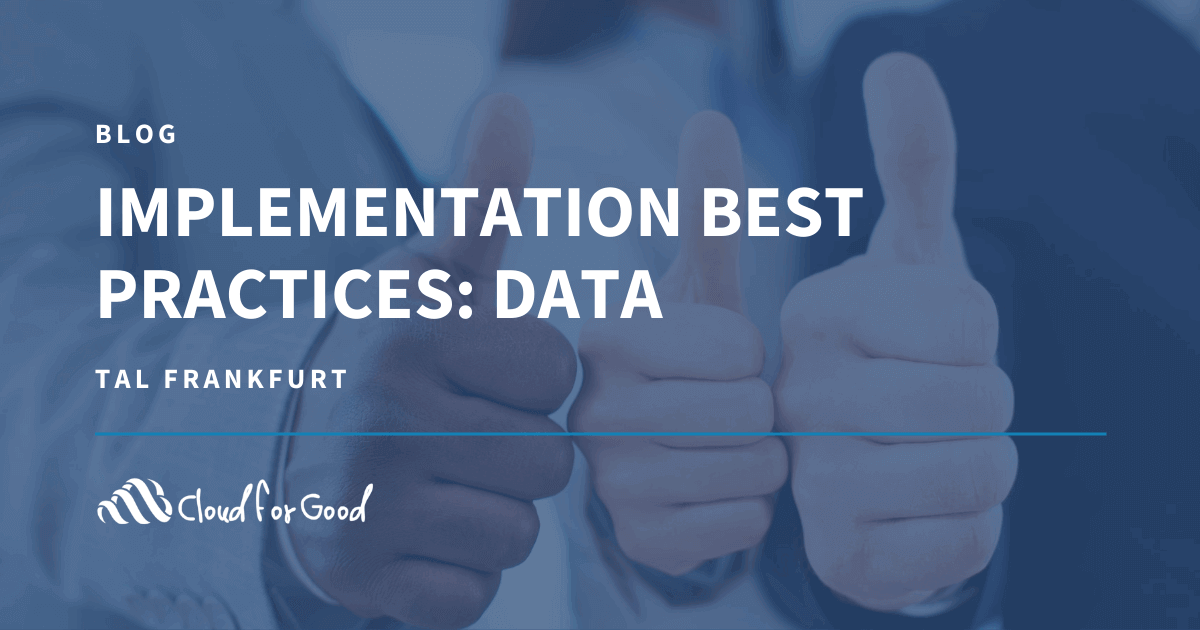
As an organization we like to provide as much useful and relevant information to the nonprofit community we serve. If you frequent our blog you will notice we provide information on every topic we can think of. Anything that we think the nonprofit community will find helpful you can bet we will do our best to provide it through our content. It just so happens that when the blogging hat lands on my head we are usually near the annual “event” known as Dreamforce. Here are a few tips and tricks to make your Dreamforce experience exceptional.









